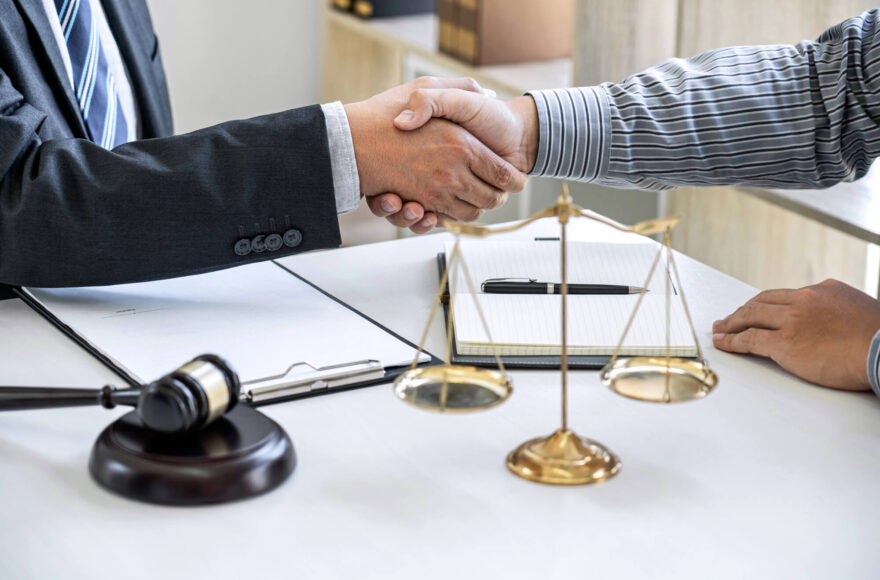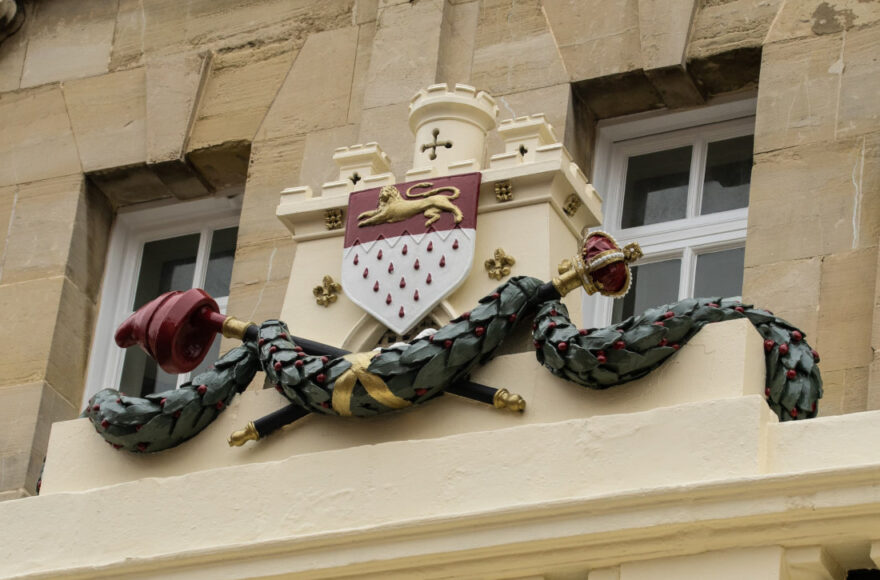George Ide has been serving the local community for 50 years and during that time they have pursued many claims for loss of value or “diminution of value”. These claims largely revolve around motor vehicles which were damaged in accidents.
So, what happens in a claim of this type? In essence, the claimant must show that, despite good repairs following an accident, their vehicle has still suffered a reduction in its market value. A classic example of this is a motor vehicle that has been moderately badly damaged but is a repairable proposition. Therefore, it is put through a client’s insurer’s repair system and repaired to a commercially acceptable standard. You would be forgiven for thinking that was an end to the matter and that the car and the owner had been returned to their original positions.
The reality of life is different. If you took that vehicle to a garage where they had an identical vehicle with identical mileage which had not been damaged and then repaired, and you put the two together on the forecourt they would not actually sell for the same price. Given that any previous accident damage has to be disclosed, any prospective purchaser at the same price would purchase the undamaged and unrepaired vehicle in preference to the damaged and repaired vehicle. As a result, the car trader would have to reduce the price of the damaged and repaired vehicle so as to make it a more attractive proposition. It is that difference in price that is the “diminution in value”.
This issue was clarified as long ago as 1974 in a case called Payton –v- Brooks and, as a result, it was established that where there is sufficient evidence, the cost of repairs and diminution in value is recoverable. The decision of Payton was reaffirmed in the 2013 Court of Appeal case of Coles & Others –v- Hetherton & Others. In this case, the Court found that the reasonable ‘cost of repair’ is, as a rule of thumb, considered to include the diminution in value of the, say, vehicle. However, it may not always represent the extent of the diminution in value as the Court made clear in Payton & Brooks. Recently, defendants have taken to relying on the unreported case of Hussain-v- Dhawan (2008). In this case, the Court departed significantly from the decision in Payton. The Court appeared to conclude that, because the vehicle, in that case, had been fully & properly repaired, there could be no loss of value. The case suggests that unless something ‘out of the norm’ occurs during the repairs a diminution in value does not occur and therefore cannot be claimed.
[cta]
George Ide will continue to pursue claims for the loss of value of vehicles and other possessions resulting from another person’s negligence. We take the view that the case of Hussain heard in a lower Court, does not add anything to the earlier case of Payton and the claims for loss of value/diminution should and will continue to be pursued for clients.
Garry Sleet. Personal injury department.
Contact Our Friendly Legal Experts Today
For general enquiries or to discuss more specific needs in personal or commercial law please get in touch with a friendly member of our team today.
Latest News

All You Need to Know About Contentious Probate

Myth busting Mediation - What is it, and how can it help?

Your Quick Guide to End of Year Tax Planning

Court Claims & the Limitation Period

How the Court of Protection Works and the Role of a Deputy








